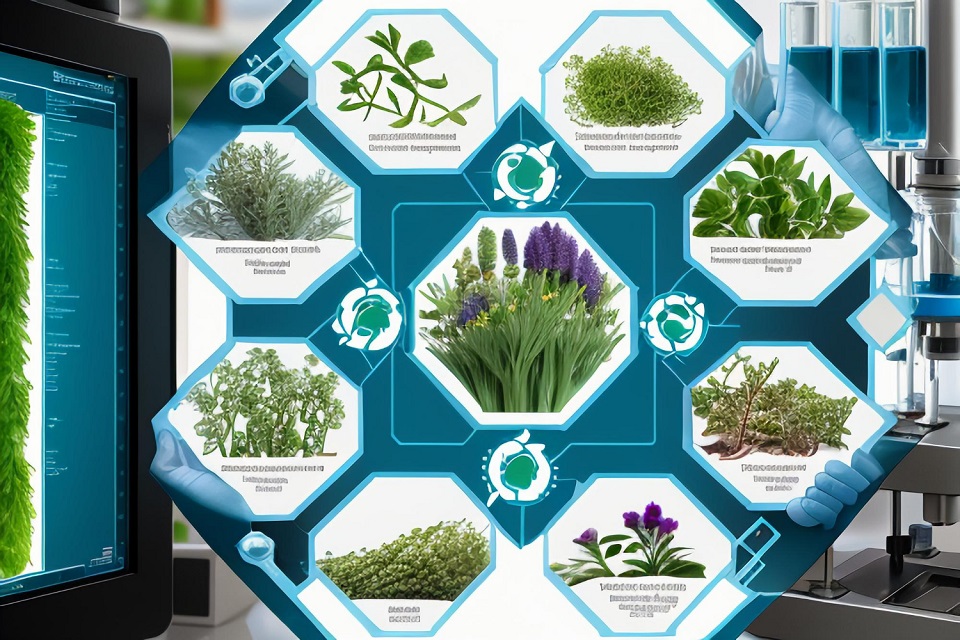Introduction to Hydrogen Production
It is becoming more widely known that hydrogen, the universe’s lightest and most plentiful element, has the potential to be a source of sustainable, clean energy. Although it does not exist in its pure form on Earth, hydrogen can be created using a variety of resources and a number of different processes. Our capacity to generate hydrogen effectively, economically, and, most critically, sustainably is crucial to the transition to a hydrogen economy. Green technologies for producing hydrogen have come into focus as we progress in this path.
Traditional Hydrogen Production Methods
The majority of the hydrogen used today is created by the fossil fuel reforming method, which involves the reaction of steam and natural gas (mostly methane) to produce hydrogen and carbon monoxide. More carbon monoxide is converted to hydrogen and carbon dioxide in subsequent processes. Although this process, known as steam methane reforming, is effective and economical, it is neither environmentally friendly nor carbon neutral.
Coal gasification is a different traditional technique in which coal is combined with oxygen and steam under high pressure to create a gas that may be used to extract hydrogen. Even though this method uses a more plentiful fuel source, it still emits a lot of carbon and is therefore not long-term sustainable.
Green Technologies for Hydrogen Production
In recent years, the focus has switched to hydrogen manufacturing techniques that are more environmentally friendly. These environmentally friendly technologies include photocatalytic water splitting, biohydrogen synthesis, and renewable energy-powered water electrolysis.
Using an electric current to split water into hydrogen and oxygen is known as water electrolysis. Green hydrogen is what results when electricity is produced using renewable energy sources like wind, solar, or hydroelectric power.
Producing hydrogen through biological activities is known as biohydrogen. Under appropriate circumstances, some microbes can generate hydrogen as a metabolic byproduct. Even though this technique is still mostly in the research stage, it offers a lot of potential for environmentally friendly hydrogen production.
Another labor-intensive technique is photocatalytic water splitting, which converts water into hydrogen using sunshine and specialized catalysts.
Challenges and Future Directions
Each of these environmentally friendly methods for producing hydrogen has its own set of difficulties. Despite being tested and effective, electrolysis is now more expensive than reforming fossil fuels and uses a sizable quantity of electricity. Both photocatalytic water splitting and biohydrogen production are still in their infancy and require more research to become economically viable.
However, quick development in many fields is being driven by technological advancements and an increase in environmental awareness. With technological improvements and the decreasing cost of renewable electricity, electrolysis is becoming more affordable. The development of photocatalytic water splitting and biohydrogen synthesis is also gaining momentum, bringing these technologies closer to being commercially viable.
Conclusion: Green Technologies Paving the Way Forward
Our capacity to manufacture hydrogen sustainably and at scale is critical to the transition to a sustainable, low-carbon future. The emphasis is moving away from conventional methods of hydrogen production and toward greener, more sustainable ones.
Green solutions for the production of hydrogen will be essential in determining the future of our energy system as we continue to place a high priority on environmental sustainability. Although there are many obstacles in the way of achieving sustainable hydrogen generation, the advancements made thus far and the promise of what lies ahead provide encouragement. Green technologies hold the key to releasing hydrogen’s promise as a clean, sustainable energy carrier for the future as we continue to innovate and advance.


Leave feedback about this